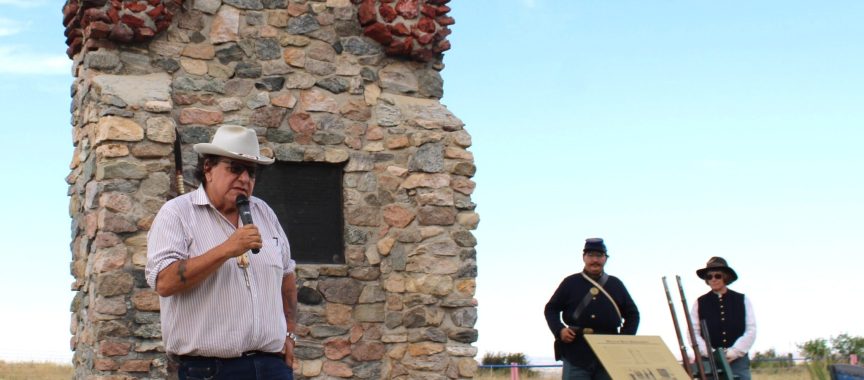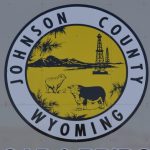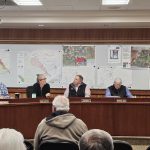News – Sheridan Media

On the second day of August in 1867, twenty-six soldiers and six civilians who were sent from Fort Phil Kearny to cut wood, were attacked by several hundred Sioux warriors. The engagement is known as The Wagon Box Fight, or, as the Indians called it, They Surrounded the White Tents.
August 2, 2025, 158 years later, Fort Phil Kearny held their annual Wagon Box Anniversary Program at the Wagon Box Fight Site, which is not far from the Fort.

Shari Shada, site superintendent, introduced the main speaker, the Donovin Sprague, Miniconjou Lakota historian and author,
Sprague is a university instructor having taught at several universities, including Black Hills State, University of Wyoming and Ogalla college. He serves on the Fort Phil Kearny/Bozeman Trail Association (FPK/BTA) advisory board.
Sprague talked about the fact that the Cheyenne and Lakota were allies, and there were many intermarriages between the two tribes. He added that his family roamed from Miles City to Dayton during the 1840s, 50s and 60s.

Sprague’s ancestors fought in the Fetterman Fight and the Wagon Box fight. He said it was a well-orchestrate campaign by the Sioux, Cheyenne and a few Arapahos. The planning took place in the Wolf Mountains east of Lodge Grass, and they planned for one contingent to go to Fort C.F. Smith in Montana on August 1, and then the Wagon Box Fight on August 2. They wanted to stop the encroachment of the soldiers and emigrants on the Bozeman Trail into their homeland.
These were some of the last engagements between the army and Indians in what was called, ‘Red Cloud’s War’. Then during the 1870s there was the ‘Great Sioux War’, which ended with the Custer Battle and the final surrenders of 1877.
His great-great-great grandfather Hump was one of the main leaders at the Fetterman and Wagon Box. Sprague said this about Hump.

After Sprague’s talk, Patti Wilson, along with Kyle Mediate of the Fort Phil Kearny Regulars, gave a demonstration of the weapons that were used in the Fetterman Fight and the Wagon Box Fight.

These included the Springfield, the Spencer and Henry rifles, as well as the revolvers used. In the Fetterman fight, most of the soldiers were armed with the old muzzle loading rifles. Wilson explained how the rifles were loaded.

At the Wagon Box Fight more of the soldiers and civilians carried the newer, faster loading breech-loading rifles. Mediate demonstrated how much faster the newer rifles fired, and how it helped the soldiers hold off the Sioux warriors until help arrived.

Sprague talked about the Indian weaponry, which included lances and bows and arrows as well as rifles, either obtained from fallen soldiers after a battle, or as trade goods.
Last modified: August 6, 2025






